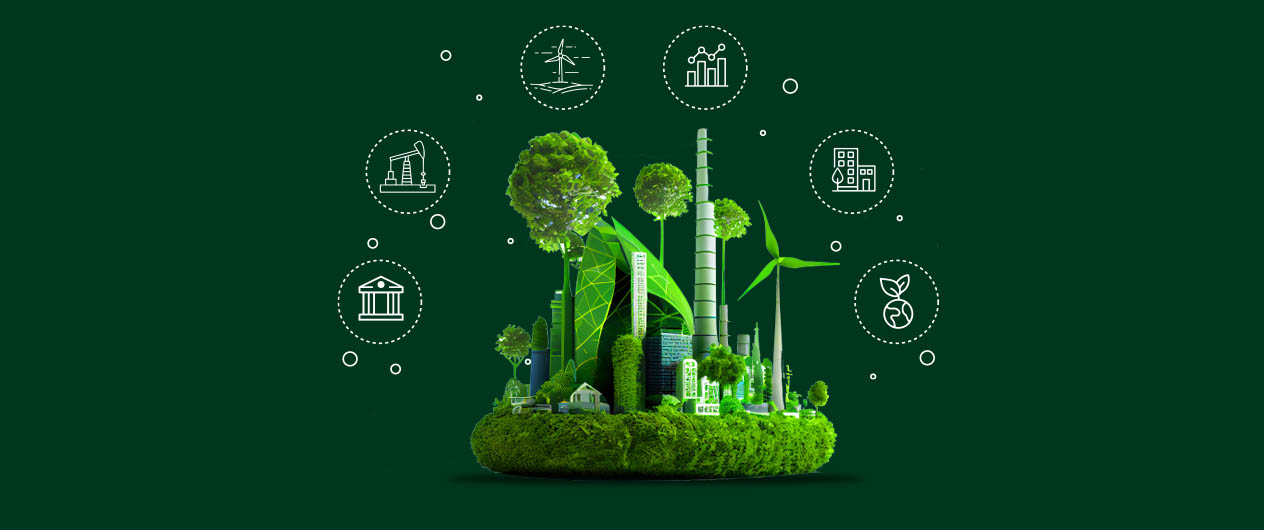Saudi Aramco’s India Investment – To where is the oil flowing to?

Marmore Team
24 October 2017
Saudi Aramco is arguably one of the world’s largest Oil and Gas Company in terms of revenues and reserves that they control. To give an idea of its size, Aramco produces close to 10.3Mn barrels per day and its closest rival, the Russian state-owned Rosneft produces a third of that. Given their relative dominance in this space, it is surprising that only recently Saudi Aramco has opened its office in India and plans to invest in India’s downstream opportunities including refining, pipeline, marketing, and technology know-how. To put things into perspective, Saudi Arabia has been a key supplier of crude to India over the years. As of 2016, imports of crude oil from Saudi Arabia accounted 20% of the total crude imports in India followed by Iraq at 16% and Iran at 11%. Even the strong economic growth witnessed in India during the pre-2007 era was not enough to entice Aramco to open an office in India. Only in 2016 did it establish a skeletal presence in the country which is now being expanded.
South East Asian countries including the likes of India and China have hitherto been most lucrative markets for Middle East countries owing to their size and their geographical proximity. Together, these countries account for four of every 10 people in the world, combined making them one of the largest consumers of oil and natural gas. India’s oil demand, especially, is forecast to grow from 135,000 barrels a day in 2017 and 275,000 barrels a day in 2018, according to the International Energy Agency (IEA). IEA also estimates that India’s refining capacity would lag behind the demand making the country a priority for companies such as Aramco that is trying to expand its global reach and diversify its assets.
New suppliers rock the Asian boat
Asian buyers, owing to their higher dependence on crude from Middle East on an average pay more than their Western counterparts. An issue that has largely been under the radar except for occasional requests from Asian government and limited studies undertaken by some governments that put the Asian oil premium at $1-$1.5 higher than their Western counterparts. In light of this, the emergence of new shale supplies from across the Atlantic has put “Asian Premium” issue in the limelight. In March 2017, India’s oil minister had asked OPEC to look at rationalizing the oil pricing for Asian buyers since they are the major consumers now, also a sign that is reflective of OPEC’s declining clout in fixing oil prices.
India was one of the latest nations to make a purchase from US after China and Japan. India’s first purchase of oil from the US has been on ex-ship basis (Delivered ex ship (DES) is a trade term requiring the seller to deliver goods to a buyer at an agreed) making their prices very competitive vis-à-vis Middle East. Trade data from Bloomberg shows that, there are 11 full-laden tankers that is expected to arrive Asia during November 2017 with more expected to tank up late October and early November (Reuters). This coupled with the increasing price differential for Middle Eastern oil have prompted India and other countries in the region to diversify their supply sources and look at the US as an alternative supplier. US exporters have happily obliged to such increased demand, it’s per day exports reached 1.98Mn barrels by late September and is expected to reach 2.2 Mn barrels in the coming weeks.
Two large –scale investments in Indonesia, Malaysia and potentially another one in India may probably point to Aramco’s efforts at mitigating these price concerns among key clients in key markets and to ensure that future commercial deals are not unduly endangered owing to the price premium. Besides, these investments also open up opportunities for signing long-term oil supply contracts increasing the revenue visibility.
Aramco’s larger play
Saudi Aramco already has downstream operations in South Korea (majority equity interest in S-oil), the US (through takeover of erstwhile Motiva), Netherlands (joint venture with German LANXESS) and in China (Fujian Refining and Petrochemical Company). Aramco’s signing agreements with Malaysia and Indonesia will add two more locations to its downstream operations. During market downturns, such as the one taking place in the oil market now, upstream earnings suffer significantly more than downstream businesses do. Integrated companies on an average exhibit less earning volatility and high value addition through specialized product developments resulting in higher margins. Aramco’s talks with top India refiners for a stake in a refinery located on the West coast with an annual capacity of 60Mn tonnes fits very well into its downstream play.
Aramco also stated that its goal is to increase its global refining capacity to 8m-10m b/d and it has been scouting for investment opportunities across the globe. Inherent local demand and given Saudi Arabia’s position as a leading supplier of oil for India, Aramco’s talk with Hindustan Petroleum Corporation Ltd., Indian Oil Corporation Ltd., Bharat Petroleum Corporation Ltd. to invest in a West Coast Refinery could be a win-win for all the parties involved.
The project on the West coast is planned to be developed in two phases – the first phase would involve building a 40Mt plant with aromatic complex, naphtha cracker unit and a polymer complex while the second phase would be a 20Mt refinery. If the deal takes shape it would help Aramco to cement its position as an important player in the Indian market despite it being a late entrant to India.
Other long-term opportunities in India
Saudi Aramco can also benefit from India’s huge agricultural base contributing for 14% of India’s GDP; it is the second largest urea importer in the world. The total demand for urea is 32Mn tons out of which India managed to produce 24.5 Mn tons importing the rest. To reduce the dependence on foreign sources, the Government of India has been pushing to increase domestic production and improve fertilizer availability in the country. It has announced plans to revive some of its old fertilizer units as a well as upgrading the current ones. While the feedstock is currently expected to be sourced locally, the demand for food and productivity improvements (through use of fertilizers) could open up a long-term natural gas supply contracts for these plants which Aramco could capitalize on.
Besides that India’s appetite for specialised chemicals such as coatings, adhesives, sealants, elastomers etc. is rising with growth in the economy. Its elastomers market alone is worth USD 900Mn driven by the robust automobile demand. Regulatory intervention by environmental agencies aimed at carbon emission reduction through an increase in fuel efficiency has also made major automotive OEMs in India to increasingly opt for plastics as a substitute to metals and alloys in automotive components.
Saudi Aramco’s IPO, when it arrives, would be a game changer for the global investment community going by the expected valuation. With this IPO being a centrepiece of the economic reform currently being undertaken, its entry into new and growing markets, and shedding its secrecy-bound image no doubt sends a very positive and welcoming message to potential investors.
Stay Tuned To Marmore MENA Insights!
Never miss a patch or an update with Marmore's Newsletter. Subscribe now!
Related Article
2024 Kuwait Banking: Interest Rates and NIM Trend Analysis
The blog discusses how net interest margin of Kuwaits banks has moved across interest rate cycles, in light of awaited policy rate cuts.
Read MoreAre ESG and Sustainable investing the same?
ESG and Sustainable Investing might seem to be related but both are distinct concepts. The GCC nations transition towards cleaner energy portrays a buoyant outlook for ESG and sustainable investing.
Read MoreBusiness Impact of IFRS Sustainability Standards for GCC
The impact of the recently issued IFRS sustainability standards, once adopted, is likely to be high, as GCC companies scramble to allocate adequate resources for the adoption.
Read More



